―
White helmets
―
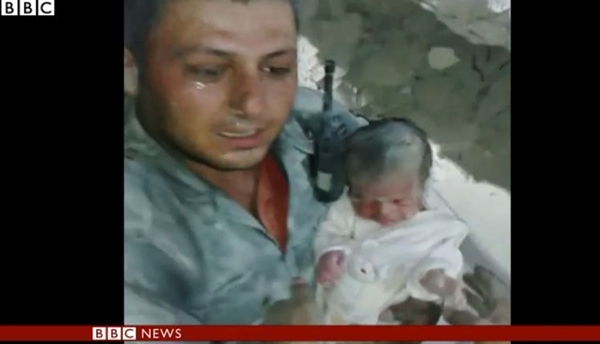
https://www.bbc.com/news/world-middle-east-37171385
In 2014, a 10-day-old baby was dramatically rescued from a pile of rubble in the Syrian city of Aleppo. The crying baby, covered in blood and dust, was called the ‘miracle baby’ and has become a symbol of hope and life around the world.
The rescuers of this baby are the Syrian Civil Defense (SDC), tasked with rescuing people in embattled Syrian with shells flying all around. They are commonly called the ‘White Helmets.’
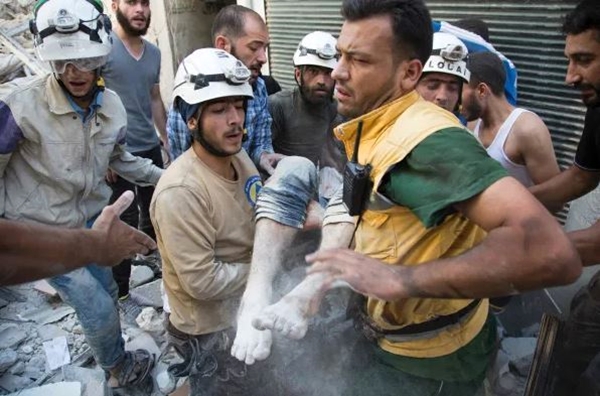
‘White Helmets’ is an organization formed by former bakers, tailors, painters, carpenters, and other volunteers. Known for their efforts to save lives, they claim neutrality from political forces and religions, regardless of whether they are friends or enemies. The rescue video taken by them made a great contribution to publicizing the misery of the Syrian civil war to the world at large, and was nominated for the 2016 Nobel Peace Prize.
Their performance was made into a documentary, and the crew won the Best Short Documentary Award at the 2017 Academy Awards. In the documentary, you'll also see the rescue scene of the 'miracle baby' and how it has grown up healthy.
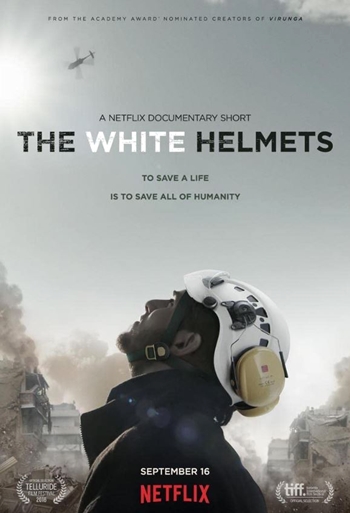
―
The Syrian civil war has been dragging on for more than ten years
―
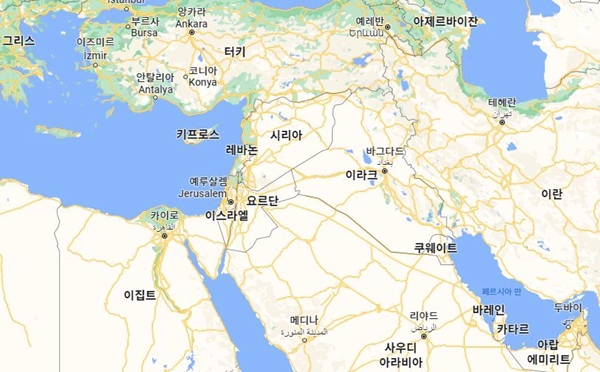
(Syrian crisis. Source: Google Maps)
The motive of Syria's civilian rescue service (White Helmets) was the brutal civil war that began over a decade ago.
Let's review the background of the Syrian conflict for a moment: Since 2010, anti-government protests, dubbed the 'Arab Spring,' have spread like wildfire in the Middle East and North Africa. As a result, regime changes have occurred in Libya, Egypt and Yemen.
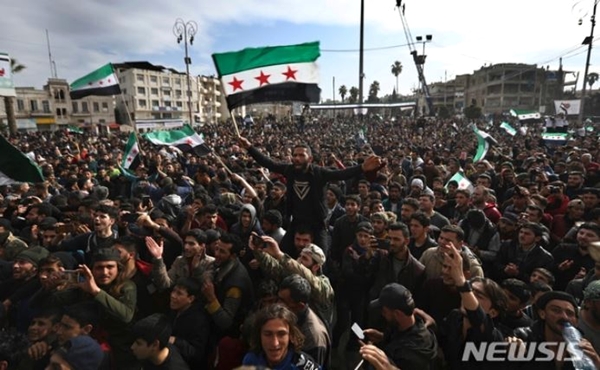
(Protests in 2021 mark the 10th anniversary of Syria’s democratization. Source: Newsis)
In the wake of this, in early 2011, teenage adolescents who painted democratization graffiti on the wall of a school in Dara, southern Syria, were arrested and severely tortured.
Demonstrators demanding the release of students were mobilized by the Syrian government to suppress them, and protests spread across the country. Many of the Syrian government's key figures and military personnel joined these protesters, turning the protest into a form of civil war.
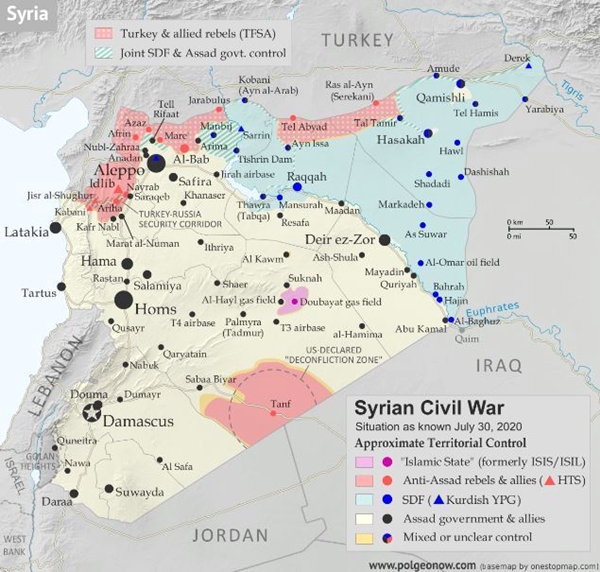
(Embattled regions of Syria, government-controlled areas in yellow)
Syria's civil war is not just a confrontation between the government and anti-government forces.
Assad's regime in Syria is Shiite Islam, but the majority of the population is Sunni. As a result, Saudi Arabia, home of the Sunnis, supports the rebels, while Iran, headquarters of the Shiites and hostile to Saudi Arabia, supports the Syrian regime.
Russia, siding with Syria's Assad regime, is intensely involved. As the Syrian government forces backed by Russia and Iran retreated to the northern Idlib region bordering on Turkey, Turkey, already engaged in a campaign against Kurdish militias in the region, also intervened. Skirmishes have also broken out between Turkish forces and Russian troops stationed in Syria.
Tensions ratcheted up when Israel, nurturing long-term hostility to Syria, launched airstrikes against Syrian government strongholds and Iranian militias.
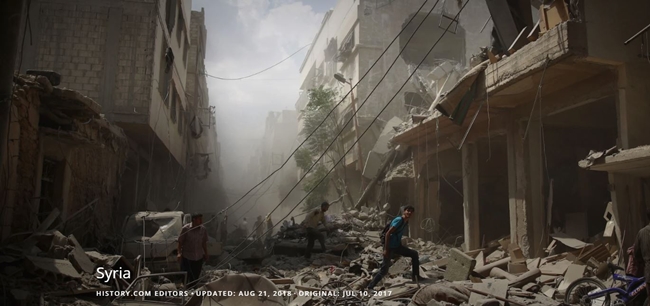
(Syria in ruins. Source: HISTORY.COM)
As time passed, the rebel forces that began from the anti-dictatorship democratization cause were replaced by Islamist fundamentalist forces, thus the infamous 'Islamic State' (IS) gained power.
In review, the Syrian civil war has evolved into an 'internationalized civil war' as external countries became entangled in a proxy war.
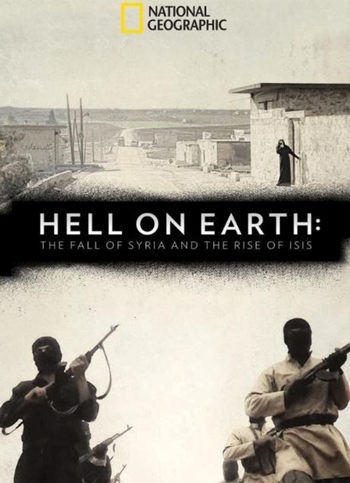
(Hell on Earth: The Fall of Syria and the Rise of ISIS Documentary about the rise of IS in Syria (2017))
―
People who fled their hometown for their lives
―
A decade-long war has turned Syrian life into utter misery. On October 25, Geir O. Pedersen, the United Nations special envoy for Syria, reported on the deplorable situation in Syria at a Security Council briefing.
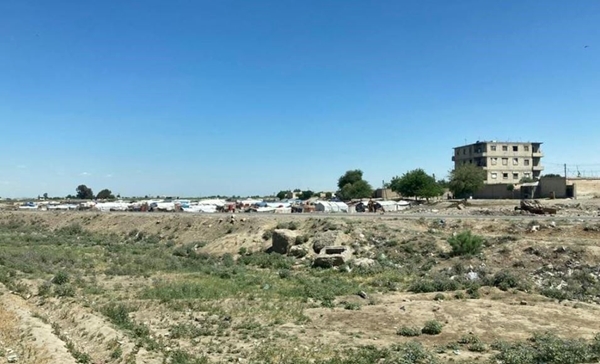
(Displaced persons camp in Rakash, Syria. Credit: CRISIS GROUP)
According to him, Syrians have suffered nearly 12 years of poverty, malnutrition, detention, disappearances, kidnappings, sexual assaults, forced early marriages, various forms of violence in childbirth, denial of education and livelihood.
Without letup, Syrians are still sustaining frequent violence nationwide, including threats from the terrorist group ISIL, attacks between Syrian Democratic Forces, Turkiye and armed rebels, beatings, assassinations, and Israeli airstrikes.
Many Syrians have fled home and country to avoid bombing, escape the threat of IS, or survive in the face of other menaces. Syria is the world's No. 1 source of refugees, with 6.85 million having fled. Syria's original population was 22.12 million, so one-third of its people are now refugees.
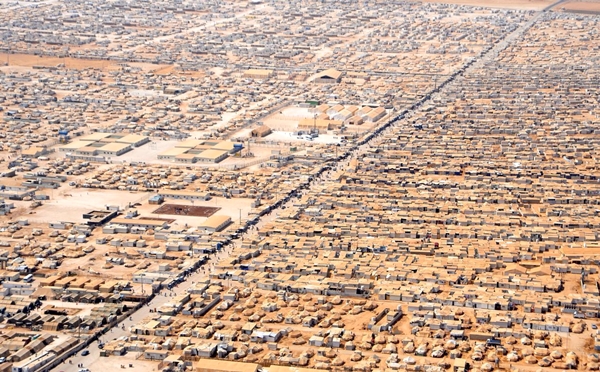
(Syrian refugee camp in Jordan. Source: Wikipedia)
Let's take a closer look at the statistics of the United Nations High Commissioner for Refugees (UNHCR) on the Syrian crisis.
◎ The report cites that 70% of Syrians live below the poverty line. The 2022 World Bank poverty line means extreme poverty, with one person subsisting on $2.15 a day. It is hard to imagine such dire economic circumstances.
◎ More than 66% of Syrian refugees are women and children, and more than 1 million Syrian refugee children have been born in asylum abroad, not in their native homeland.
◎ Seven out of 10 Syrian refugees seeking refuge in Egypt are adults starving or cutting their rations in order to feed their children.
◎ Most of the Syrian refugees fled to five neighboring countries: Turkey, Lebanon, Jordan, Iraq and Egypt. There are approximately 5.6 million (officially registered) Syrian refugees living in these countries. Turkey is the nation that has received the most refugees from Syria, 3.65 million.
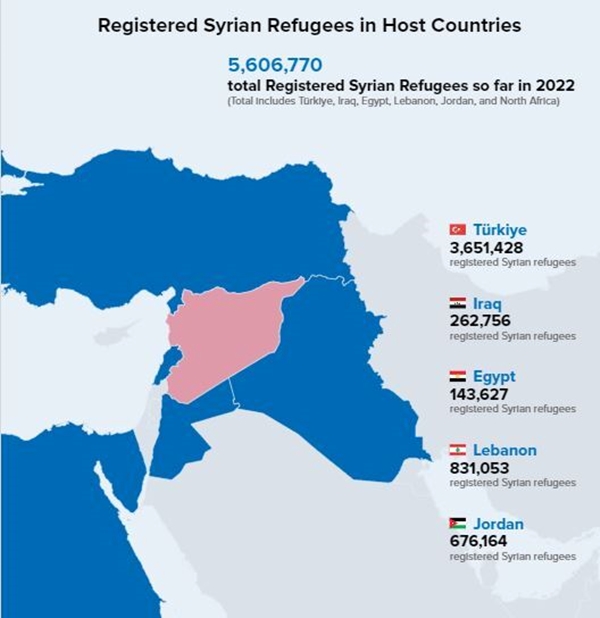
(See report on Syrian Refugee Status)
◎ Of the Syrians who have fled to these five countries, 2.64 million or 47% are youngsters under the age of 18.
◎ 95% of Syrians in these nations are resettled in urban areas and 5% hunker down in refugee camps.
◎ 9% of Syrian refugees in Lebanon were found to be physically handicapped, in Jordan 30% of Syrians need physical or intellectual assistance, and in Egypt 8% were identified as handicapped.
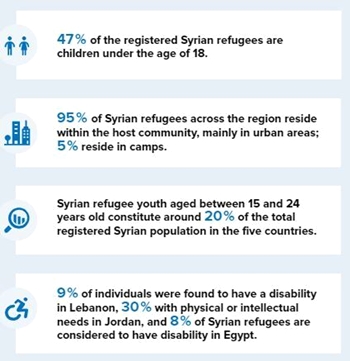
However, due to Corona 19 and the Russian-Ukrainian war, even the countries that accommodated them have raised obstacles to supplying their basic needs. As a result, negative perceptions of Syrian refugees are increasing among the people of neighboring countries, and public sentiment to send them back is growing, especially in Lebanon. Public opinion looks to deteriorate further in Turkey, which hosts the largest number of Syrians, the UN said.
―
Lingering homesickness for a shattered homeland
―
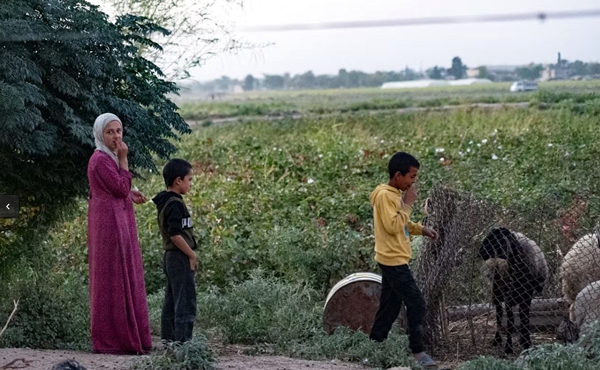
(Pastoral scene with Syrian children: Independent source)
In August of this year, the Lebanese government is reported to have discussed with the Syrian government plans to return 15,000 of Syrians harbored in Lebanon to Syria within a month.
The Syrian government has announced that it will provide transportation, lodging, medical care, and education to the returning refugees, but many refugees still refuse, claiming it is dangerous to return to Syria. The UN expects low numbers of refugees will return to Syria. According to the United Nations, about 38,400 people chose to return in the first nine months of 2022. According to the Return Intent Survey conducted at the beginning of the year in 2022, 90% of Syrian refugees could not meet their basic needs in the host country and 58% said they intend to someday return to Syria. However, only 1.7% said they planned to do so within the next 12 months.
The United Nations ranks Syrian refugees as the population group most in need of resettlement worldwide.
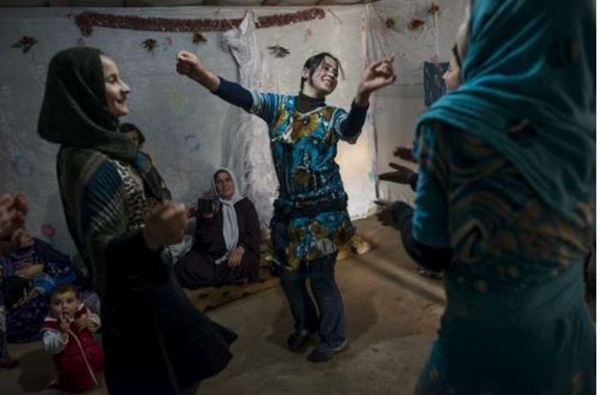
(Wedding in a Syrian refugee camp in southern Lebanon. Credit: UN)
Many Syrian refugees do not want to go to Europe or resettle in adjacent countries. All they want is a safe return to Syria when the war is over.
What has been the outcome of the complex Syrian civil war as we discussed at the beginning of the article?
In conclusion, nothing has changed. The government remains the same. Many Syrian refugees are merely wandering far from their homes.
‘Peace’ is a simple word, yet only peace can be the key to resolving the complex Syrian refugee problem.
Written by Sharon Choi
Director of Planning
Sunhak Peace Prize Secretariat

